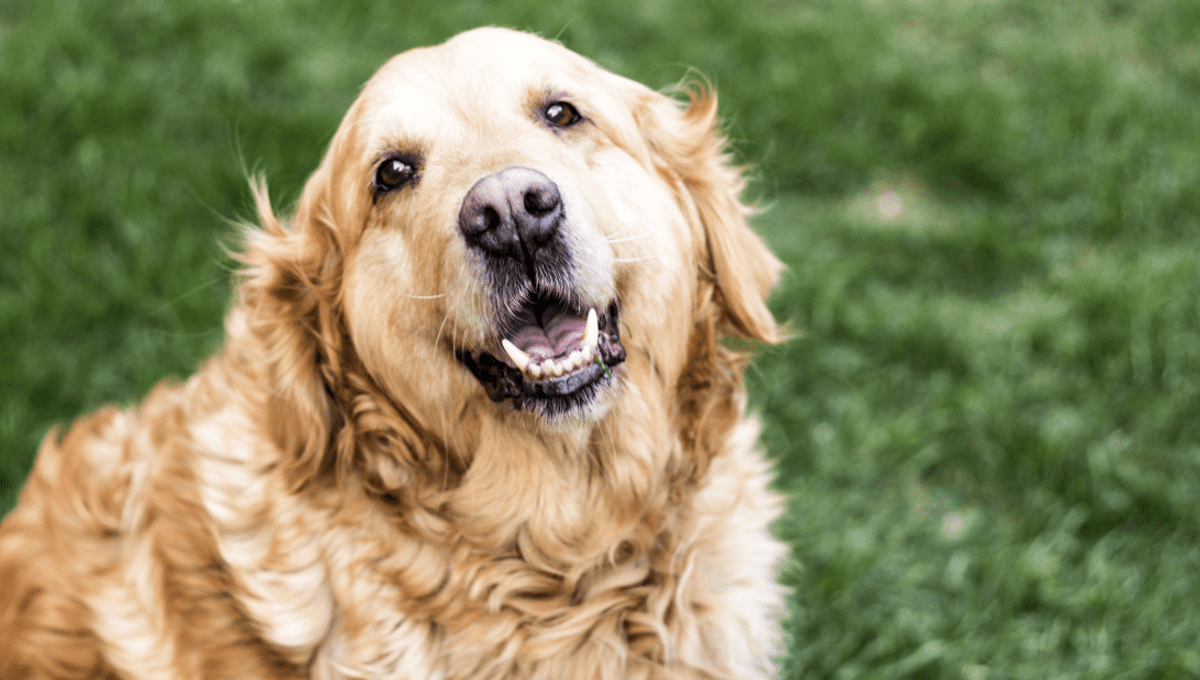
Dog dementia risk increases yearly for pups aged 10 or over, according to new research from the Dog Aging Project. The findings also revealed that activity can influence a dog’s likelihood of developing the condition, with inactive animals being at the highest risk.
Canine Cognitive Dysfunction (CCD), as doggy dementia is more officially known, is a behavioral syndrome that affects old dogs. It shares similarities with human Alzheimer’s disease, including disorientation, memory loss, behavioral changes, and the development of plaques in the brain.
Now, new research has pinpointed the age of 10 as a pivotal time for aging dogs, as after this their risk of CCD increases by over 50 percent. The findings follow a study published in Scientific Reports, also concluding that inactive dogs’ risk of developing CCD is almost 6.5 times higher than that of very active animals.
The Dog Aging Project gave the study authors access to data from a large sample of companion dogs in the USA enrolled in the longitudinal research. It included information on 15,019 dogs, featuring surveys conducted in December of 2019 and 2020 which tackled issues surrounding health status, physical activity, and cognitive decline.
Of those sampled, 1.4 percent were classified as having CCD.
For dogs past their tenth birthday, every additional year of life represented a 68 percent increase in the risk of a CCD diagnosis. While inactivity was associated with a 6.47 times higher risk of CCD, whether that association is related to inactivity causing CCD, or CCD causing inactivity, isn’t yet known.
While the authors express that further investigations are required to settle on the causal nature of these increased risk associations, they suggest that lifespan estimates could be a useful tool for veterinarians in deciding whether or not to screen a dog for CCD.
Previous research has indicated that certain physical signs may also be a helpful indicator in detecting CCD. A 2019 study reviewed dogs via a companion questionnaire and found that poorer vision and smell perception, tremor, swaying or falling, and a drooping head were significantly associated with CCD.
If you’re concerned that a dog you know might have CCD, it’s best to speak with your veterinarian about the possibility of testing.
Source Link: Doggy Dementia Is A Thing And Risk Increases With Each Year Of Life After 10